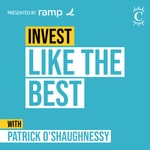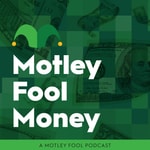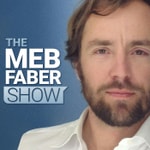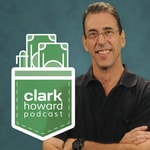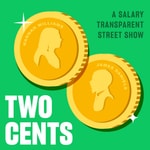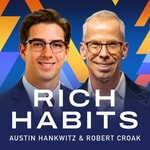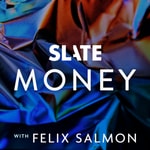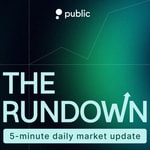Business Breakdowns – Details, episodes & analysis
Podcast details
Technical and general information from the podcast's RSS feed.

Business Breakdowns
Colossus | Investing & Business Podcasts
Frequency: 1 episode/7d. Total Eps: 234

Recent rankings
Latest chart positions across Apple Podcasts and Spotify rankings.
Apple Podcasts
🇨🇦 Canada - investing
27/07/2025#37🇬🇧 Great Britain - investing
27/07/2025#33🇬🇧 Great Britain - business
27/07/2025#98🇩🇪 Germany - investing
27/07/2025#93🇺🇸 USA - investing
27/07/2025#74🇫🇷 France - investing
27/07/2025#46🇨🇦 Canada - investing
26/07/2025#29🇨🇦 Canada - business
26/07/2025#79🇬🇧 Great Britain - investing
26/07/2025#29🇬🇧 Great Britain - business
26/07/2025#82
Spotify
No recent rankings available
Shared links between episodes and podcasts
Links found in episode descriptions and other podcasts that share them.
See allRSS feed quality and score
Technical evaluation of the podcast's RSS feed quality and structure.
See allScore global : 73%
Publication history
Monthly episode publishing history over the past years.
3i Group: Capital in Action - [Business Breakdowns, EP.180]
Episode 180
mercredi 28 août 2024 • Duration 38:43
5 Handpicked Highlights - [Business Breakdowns, EP.179]
Episode 179
mercredi 21 août 2024 • Duration 23:22
The Marina Industry: Building Moats, Storing Boats - [Business Breakdowns, EP.170]
Episode 170
mercredi 19 juin 2024 • Duration 43:28
Vanguard: The Alpha Disrupter - [Business Breakdowns, EP. 83]
Episode 83
mercredi 9 novembre 2022 • Duration 51:37
The Home Depot: The Pro Builder’s Choice - [Business Breakdowns, EP. 81]
Episode 81
mercredi 2 novembre 2022 • Duration 56:00
Cameo: Monetizing Fame - [Business Breakdowns, EP. 80]
Episode 80
mercredi 26 octobre 2022 • Duration 54:55
Archaea Energy: Turning Pollution into Profit - [Business Breakdowns, EP. 79]
Episode 79
mercredi 19 octobre 2022 • Duration 47:46
Spotter: Funding YouTube Creators - [Business Breakdowns, EP. 78]
Episode 78
mercredi 12 octobre 2022 • Duration 49:36
Intuit: An Operating System for Small Businesses - [Business Breakdowns, EP. 77]
Episode 77
mercredi 5 octobre 2022 • Duration 53:43
Trader Joe’s: Grocer to the Overeducated and Underpaid - [Business Breakdowns, EP. 76]
Episode 76
mercredi 28 septembre 2022 • Duration 50:55
